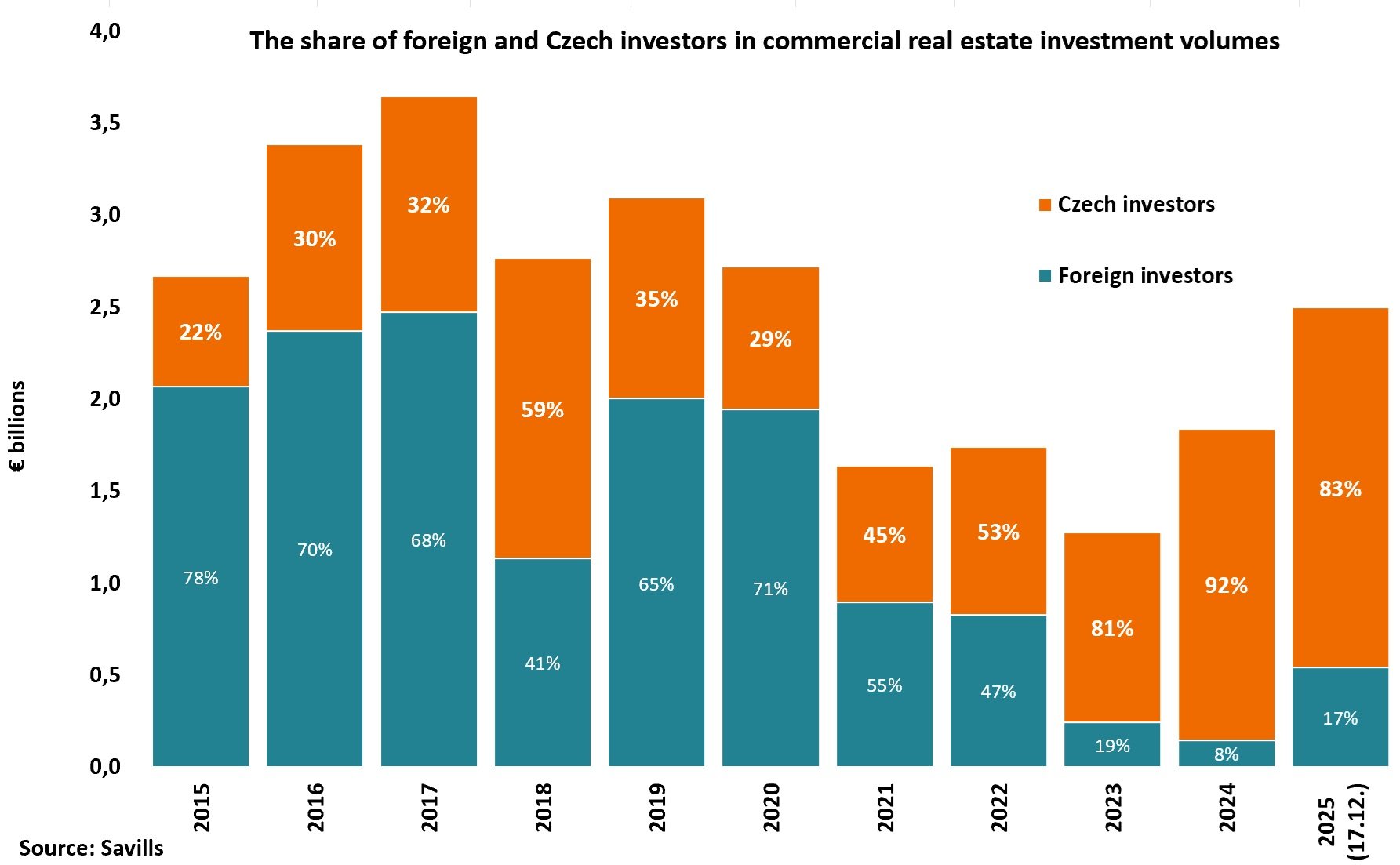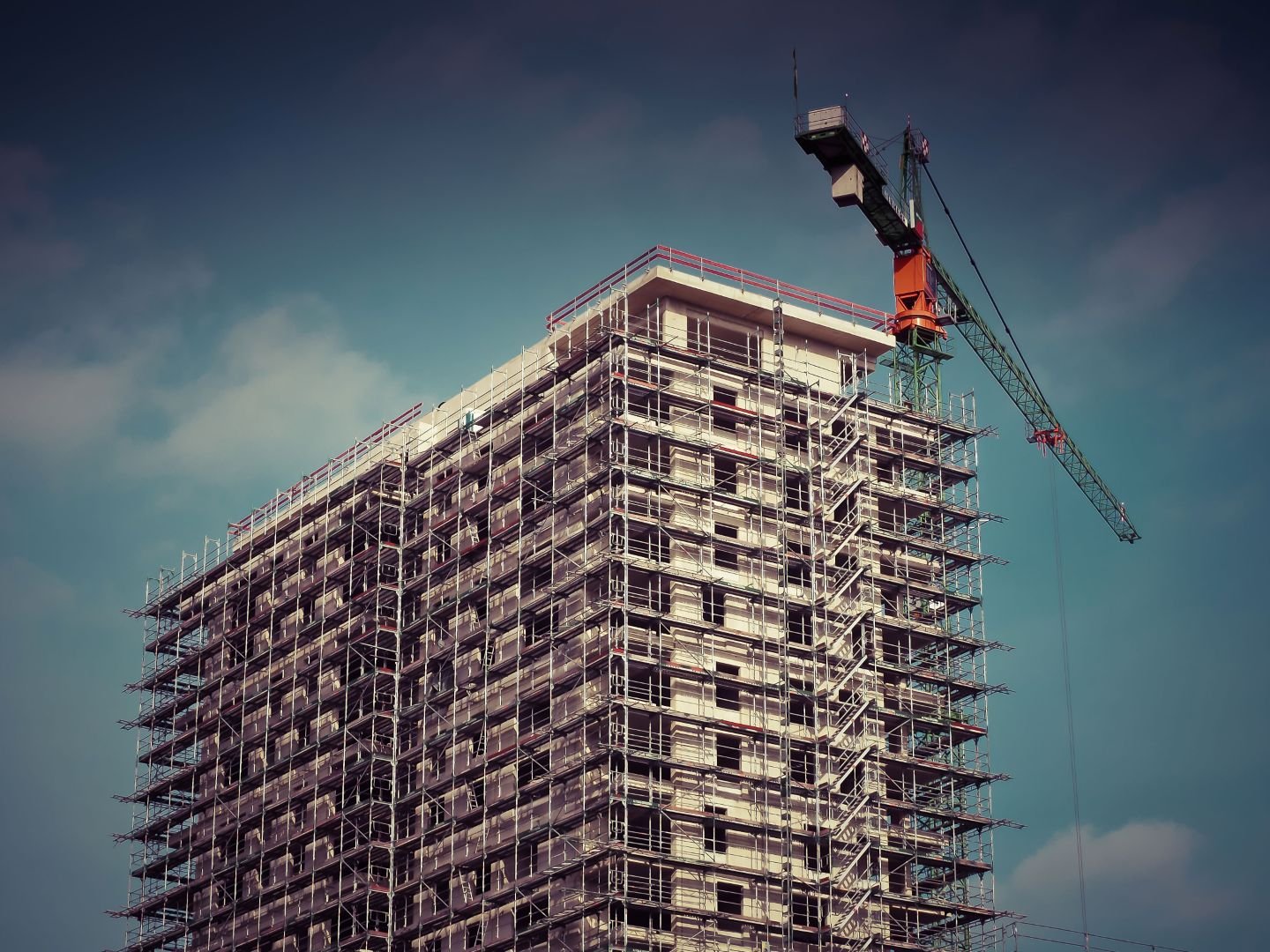Some 700,000 new households will gain access to high-speed internet thanks to S-I. This marks a significant milestone in the company’s business plan to reach a total of 3.1 million homes passed by the end of 2032.
Holger Muent, Head of the EBRD’s Telecommunications, Media and Technology department, said: “This first engagement with S-I marks an important step in expanding our support for sustainable digital infrastructure in Poland. By linking financing to measurable ESG outcomes, the project sets a strong precedent for transparency and accountability, and aligns closely with the EBRD’s strategic priorities.”
“We are proud to welcome EBRD as a new partner in our financing consortium,” said Krzysztof Wróbel, CFO at S-I. “This marks S-I’s first collaboration with EBRD, and we deeply appreciate their confidence in our strategy and long-term vision. Their participation strengthens the financial foundation of our project and reflects the trust placed in our operational and growth plans”.
The EBRD’s financing consists of a committed secured Sustainability-Linked Loan of PLN 300 million (€70 million) and an uncommitted debt facility of up to PLN 85 million (€20 million).
The Bank’s loan is part of a larger syndicated debt financing package of PLN 3.7 billion (€871 million), raised from a pool of existing international and local lenders, including a PLN 800 million (€188 million) facility from the European Investment Bank. In addition, an uncommitted incremental facility of up to PLN 750 million (€177 million) will be made available to support potential future organic growth.
The facilities provided by the EBRD and commercial lenders include ESG provisions by the Green Loan Principles and Sustainability-Linked Loan Principles developed by the Loan Market Association. The structure includes three key performance indicators related to the circular economy, digital inclusion, and S-I’s GRESB (Global Real Estate Sustainability Benchmark) score, an industry measure giving quantitative insight into ESG performance.
Fibre is considered the most energy-efficient broadband connection technology. It consumes significantly less energy than traditional copper networks and has a much longer lifespan, reducing the need for replacements. Fibre networks thus contribute to the EBRD’s green agenda by enabling energy-efficient digitalisation and reducing greenhouse gas emissions across sectors.







